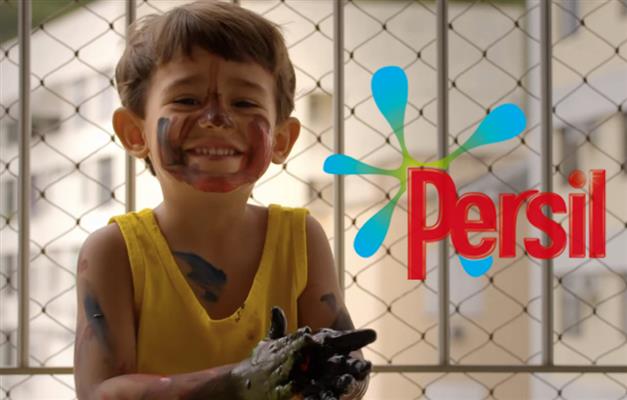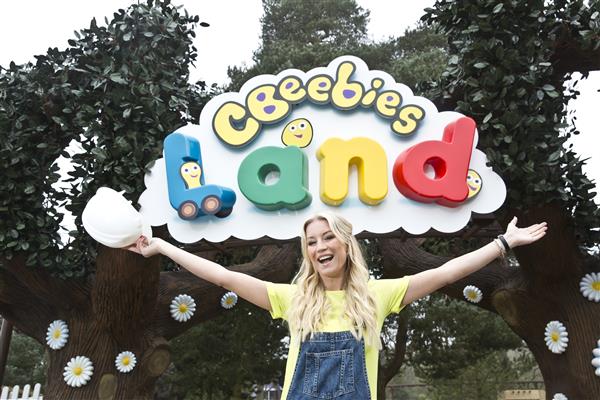Marketing to children is not all fun and games. In fact, beneath the brightly coloured characters a battle is continually raging, where the pursuit of profit can often contradict the codes of corporate responsibility. Brands walk a very thin line, which separates creativity from crassness, and sensitivity from sensationalism. After all, they want to sell products, however they can’t afford to do so at the expense of their ethical integrity.
When it comes to marketing, are morals and money two conflicting ideas, or can they complement each other? There certainly appears to be increasing evidence that proves they can. McDonald's as an example, is a globally recognised fast-food chain that has certainly received their fair share of bad press. But with international food and beverage brands now committing to an enhanced global code of conduct, McDonald's has aimed to reach children in a different way. Their Happy Readers campaign has created a series of free interactive digital books, accessible to children via online and in the form of their ‘Happy Studio’ app. The initiative aims to raise literacy levels in Europe and encourage children to start  interacting with stories, while even writing some of their own. This campaign shows a sophisticated understanding that a brand can raise engagement with the young, whilst increasing brand reputation among the parents.
interacting with stories, while even writing some of their own. This campaign shows a sophisticated understanding that a brand can raise engagement with the young, whilst increasing brand reputation among the parents.
Children are being born into a digital age, where they are often more capable of using a tablet or smartphone than their parents are, and there is increasing evidence that children’s lives are becoming dominated by screen based play. The Persil’s Kids Today Project took this concept and ran with it to drive home their brand proposition. They needed shareable content for their ‘Dirt is Good’ campaign and so used head-mounted camera technology to see children’s lives from the child’s perspective. This was Persil’s debut digital brand act and highlighted just how much children learn from exploring, playing and making mistakes. Not only was the brand using technology in an innovative way, but it demonstrated that the brand is invested in and passionate about childhood development.
So it would seem, that a brand needs to be child-friendly and adult-endorsed. Both McDonald's and Persil sought out parents via digital content during the launch of their campaigns, to not only create awareness, but to make sure they secured the  most important endorsement of all. After all, mother knows best.
most important endorsement of all. After all, mother knows best.
When Alton Towers opened its new area, CBeebies Land, in May 2014, they launched a campaign designed to educate parents and excite children. They recruited Denise Van Outen to host a series of videos at Cbeebies Land on YouTube and with their favourite television characters coming to life, as well as a theme park full of rides, children were unlikely to need much convincing. But when marketing to children, it is the parents who need to be pinpointed. It was vital for the brand to show that it not only respects parental authority, but that it understands and is able to solve, the growing concerns of parents, because without mum and dad’s backing, a brand has little hope of making a commercial impact.
Unfortunately, marketing to children is still a topic of contention. The history of brands relying on pester-power and misleading messages is ingrained in the media’s psyche and they are quick to pounce. Channel 4 Dispatches on 2nd June 2014, aired a documentary that looked into the codes of corporate responsibility and how many of them were being openly ignored. They found that some companies, albeit few, seemed willing to exploit the naivety and susceptibility of children, in order to sell a product.  The outcome of the documentary raised questions about brands targeting children via the backdoor, especially through the growing culture of gaming and social media, which opened the debate as to whether agencies are fulfilling their responsibilities when it comes to offering advice to brands marketing to children.
The outcome of the documentary raised questions about brands targeting children via the backdoor, especially through the growing culture of gaming and social media, which opened the debate as to whether agencies are fulfilling their responsibilities when it comes to offering advice to brands marketing to children.
Marketing to children it would seem then, is not simply a battle, but a minefield and it only takes one misstep for a campaign to be blown to pieces. The codes and regulations put in place to protect children are essential but do not prevent brands from staying true to their moral compass, whilst making money at the same time. They can entertain children without patronising them and communicate openly with parents, succeeding when marketing to children pivots on the balance of respect and resourcefulness.
Observations inspired by insight articles posted on haystackonline.com. Read more from haystackonline in our Clubhouse.
